detail profile bethany cutmore scott

Info Pribadi
Peran Yang Di Mainkan Bethany Cutmore-Scott
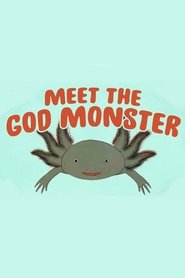 Axolotls are one of sciences most...
Axolotls are one of sciences most...These Salamanders Snack on Each Other (But Don't Die) 2021
Axolotls are one of science’s most studied animals. Why, you ask? These extraordinary salamanders are masters of regeneration: they can flawlessly regenerate body parts ranging from amputated limbs and crushed spines to parts of their eyes and brains. So, how do they do it? And what other secrets are they keeping? Luis Zambrano explores the baffling biology of the axolotl.
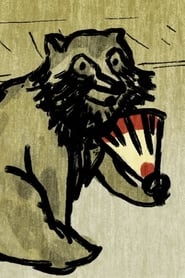 On the dusty roads of a...
On the dusty roads of a...The Japanese myth of the trickster raccoon 2021
On the dusty roads of a small village, a traveling salesman was having difficulty selling his wares. As he wandered the outskirts of town in the hopes of finding some new customers, he heard a high-pitched yelp coming from the edge of the forest. Following the screams to their source, he discovered a trapped tanuki. Iseult Gillespie details the Japanese myth of the shape-shifting creature.
 In a small town a proud...
In a small town a proud...The Tale of the Boy Who Tricked the Devil 2020
In a small town, a proud mother showed off her newborn son. Upon noticing his lucky birthmark, townsfolk predicted he would marry a princess. But soon, these rumors reached the wicked king. Enraged, the king stole the child away, and sent him hurtling down the river. But the infant’s luck proved greater than the king’s plan. Iseult Gillespie tells the tale of the boy’s journey to meet the Devil.
 In ancient times wildcats were fierce...
In ancient times wildcats were fierce...The History of the World According to Cats 2019
In ancient times, wildcats were fierce carnivorous hunters. And unlike dogs, who have undergone centuries of selective breeding, modern cats are genetically very similar to ancient cats. How did these solitary, fierce predators become our sofa sidekicks? Eva-Maria Geigl traces the domestication of the modern house cat.
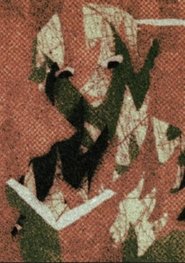 Get informed on the science behind...
Get informed on the science behind...The psychology of post-traumatic stress disorder 2018
Get informed on the science behind post-traumatic stress disorder, PTSD, its symptoms and how the brain reacts to trauma.
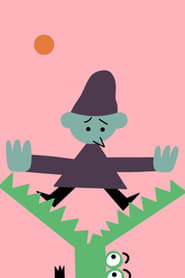 Your favorite athlete closes in for...
Your favorite athlete closes in for...How to Stay Calm Under Pressure 2018
Your favorite athlete closes in for a win; the crowd holds its breath, and at the crucial moment ... she misses the shot. That competitor just experienced the phenomenon known as “choking,” where despite months, even years, of practice, a person fails right when it matters most. Why does this happen, and what can we do to avoid it? Noa Kageyama and Pen-Pen Chen explain why we choke under pressure.
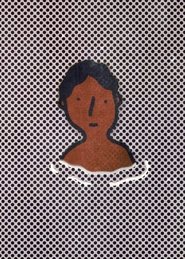 Dive into Salman Rushdies masterpiece Midnights...
Dive into Salman Rushdies masterpiece Midnights...